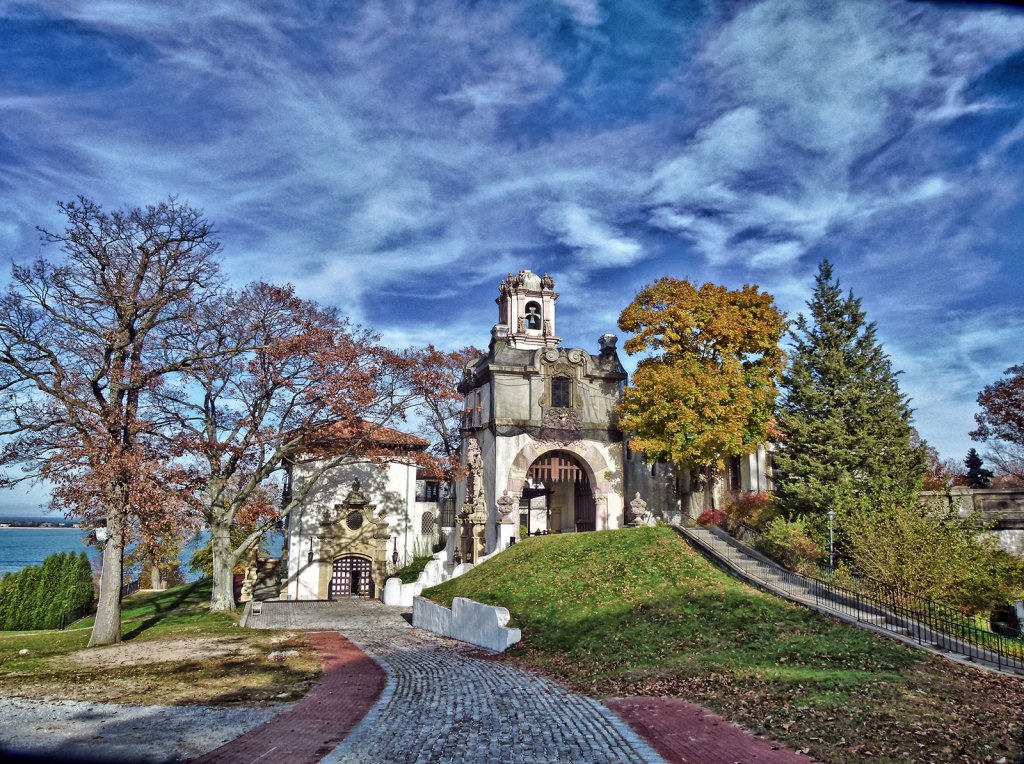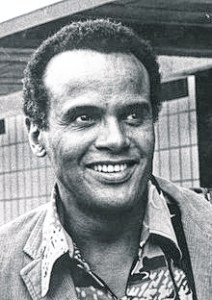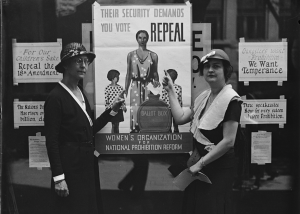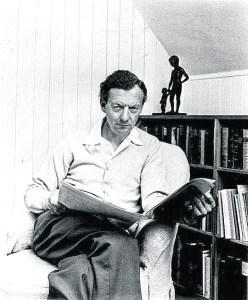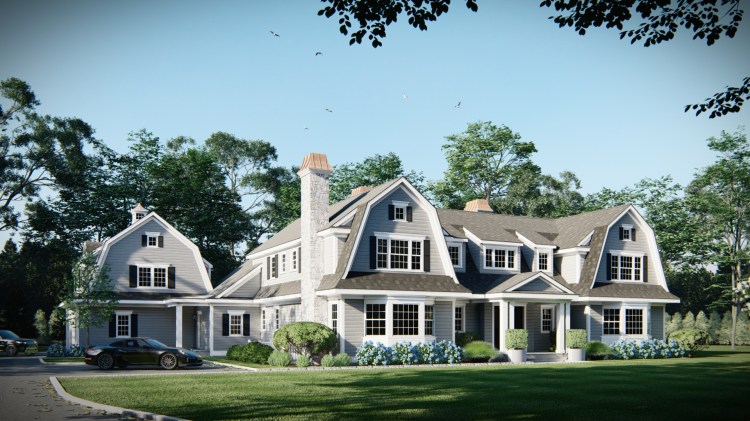Any fool can make a fortune; it takes a man of brains to hold onto it.
—Cornelius Vanderbilt
From the North Shore’s Gold Coast to the South Shore, they lived golden lives during the Gilded Age. But their scandal-ridden hijinks sullied their reputations and their fortunes nearly vanished, leaving only a dusty picture fading into history.
The dynasty began with Cornelius Vanderbilt. Born into poverty in Staten Island in 1794, he left school at age 11 to work with his father’s ferry business. At age 16 his mother loaned him $100 to start a Long Island Sound ferry; undercutting the competition, he made $1,000 that year, then expanded to the Hudson River and New England.
His character was despicable: One descendant said Cornelius was “Illiterate, bad-tempered and foul-mouthed,” and would “spit streams of tobacco juice and fondle the maids.” His philandering infected him and his wife, first cousin Sophia Johnson, with syphilis when he was 19. He ignored his daughters, insulted his sons, and committed family members to lunatic asylums.
He sold his shipping empire, bought New York Central and Long Island Rail Road, built Grand Central Station, and acquired ocean liners worth $100 million when he died at age 82, the richest American man disinherited all offspring except his eldest son, William Henry “Billy” Vanderbilt. Billy doubled his inheritance before dying in 1885, leaving much of his $200 million to his son, William Kissam Vanderbilt I.
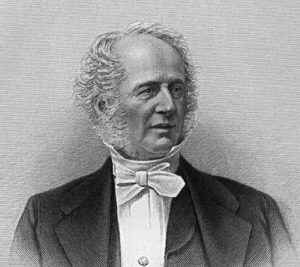
LET THE SPENDING BEGIN
Like banks deemed too big to fail, the Vanderbilts’ wealth seemed invincible. They collected fine art, donated millions, endowed a university, and endured legal battles—a $10 million divorce, a custody battle over a child worth $5 million—and other scandals. They outdid each other by “Vanderbuilding” palaces for worshipping late 19th-century opulence.
Near what is now Connetquot River State Park Preserve, William Kissam Vanderbilt I established his 900-acre Oakdale hunting retreat/holiday residence in 1876. The estate boasted a 110-room mansion, palm house, bowling alley, English maze, and game pen with deer and elk. The mansion burned down repeatedly—first in 1899, during the honeymoon of his son William Kissam Vanderbilt Jr.—but the couple escaped and the mansion was rebuilt. It served as part of Dowling College but was auctioned last year after Dowling declared bankruptcy. Preservationists are lobbying against demolition and redevelopment.
William Kissam Vanderbilt II (Willie K.), a Harvard dropout who pursued speed sports, travel, and natural history, started developing his park-like, 560-acre “Success Lake” Deepdale estate in 1902. Of the structures—a 17-room mansion, inner terrace, sculptured columns, two crystal conservatories, a stable, and terraced views—one remains: Deepdale Gate Lodge.
RACING AGAINST REALITY
Willie K. created the first major road racing competition, the Vanderbilt Cup, in 1904. But he lost a fortune in the 1907 stock market crash and even tried selling vacuum cleaners and jewelry. After his 1909 divorce, unable to acquire Lake Success land, he abandoned his Georgian Colonial home.
In 1910, he started building a “modest” bachelor getaway house in Centerport overlooking Long Island Sound. The 43-acre estate grew to 11 buildings – a 24-room-Spanish Revival mansion (“Eagle’s Nest”), museums, a golf course, boathouse, seaplane hangar, and a salt-water pool. He hosted the Duke and Duchess of Windsor, the Tiffanys, and other notables, reportedly playing $50,000-per-hole golf with the Rockefellers. From Centerport, he sailed his yacht around the globe with a 50-person crew, collecting natural history and marine specimens.
Willie K. opened his home to the public in the 1930s; he died in 1944 and bequeathed the estate to the county with $2 million for upkeep. The Suffolk County Vanderbilt Museum has been open to the public since 1950, and is listed on the National Register of Historic Places.
The Vanderbilts’ legacy includes mansions, summer palaces, farms, museums, golf courses, country estates, and fascinating stories to go with them. Some remain, but many have vanished. But that’s another history.



